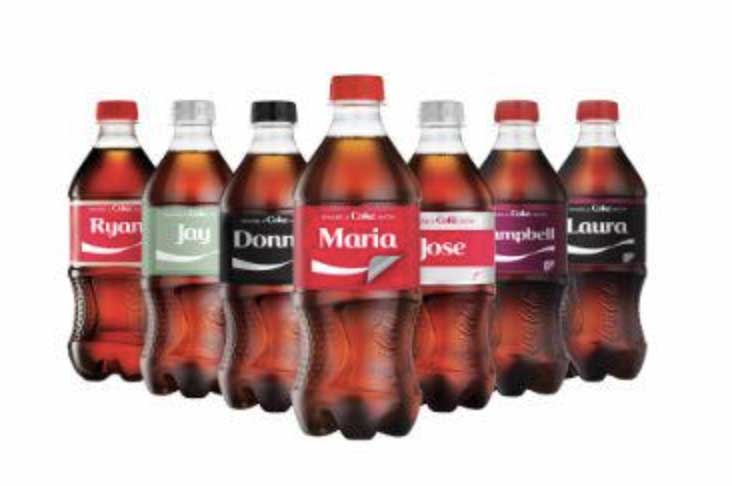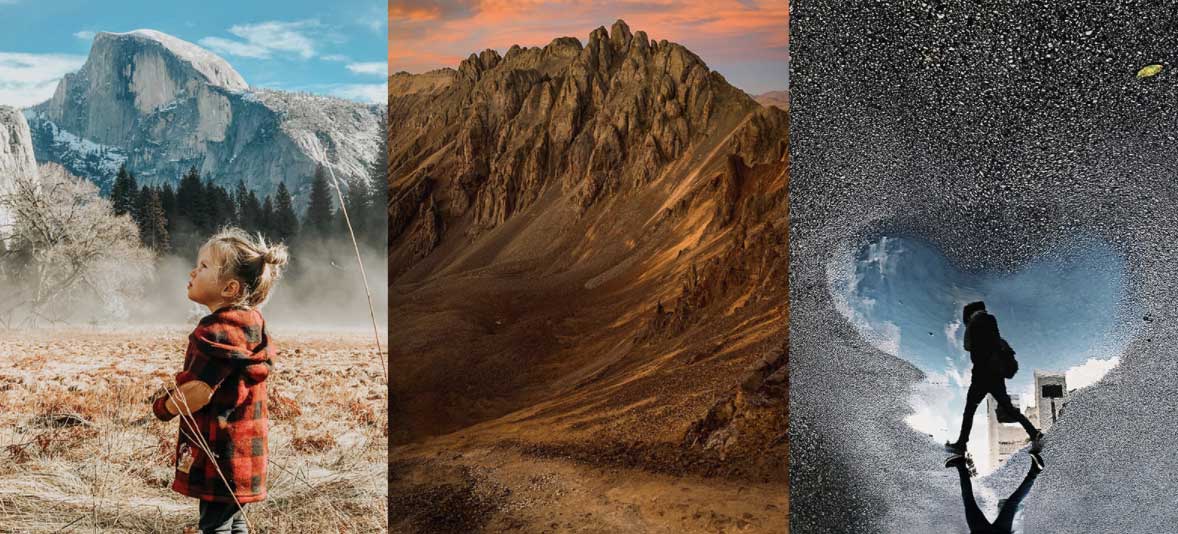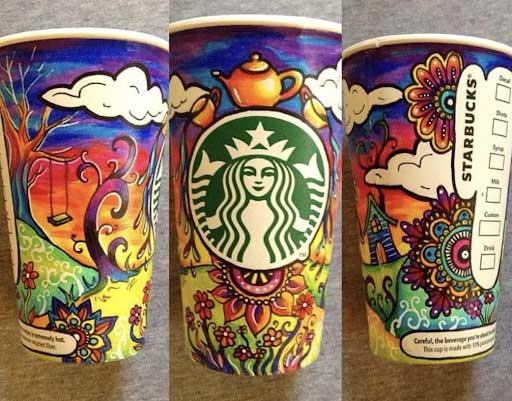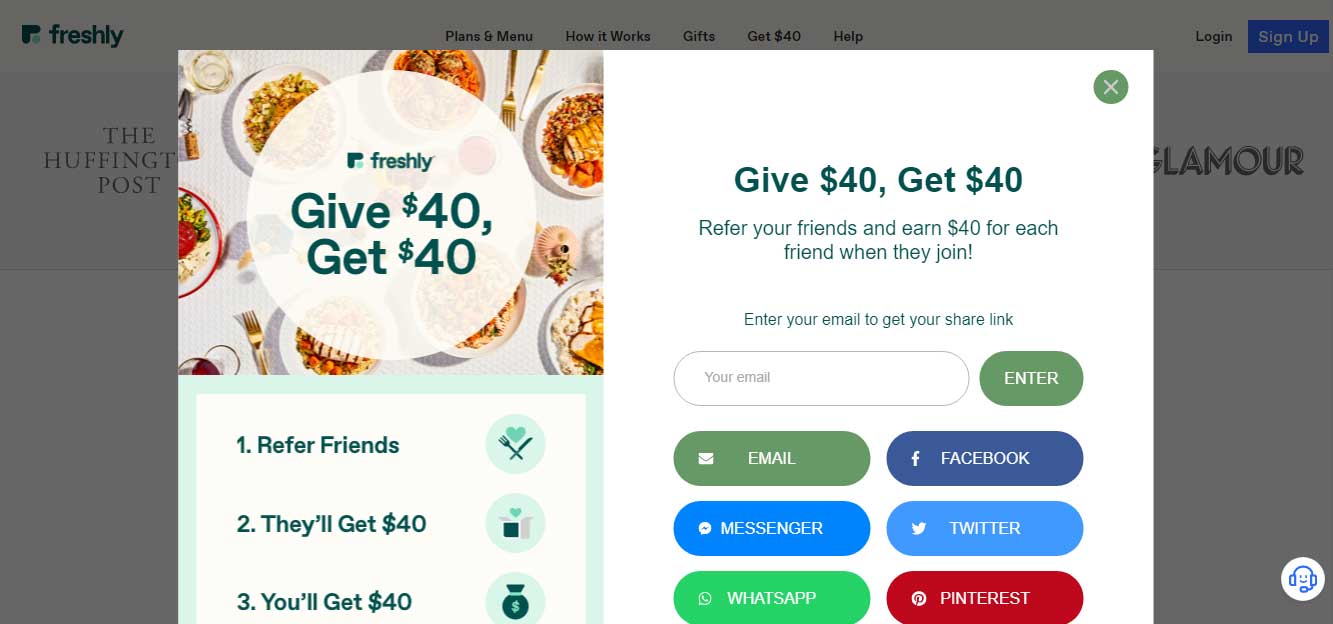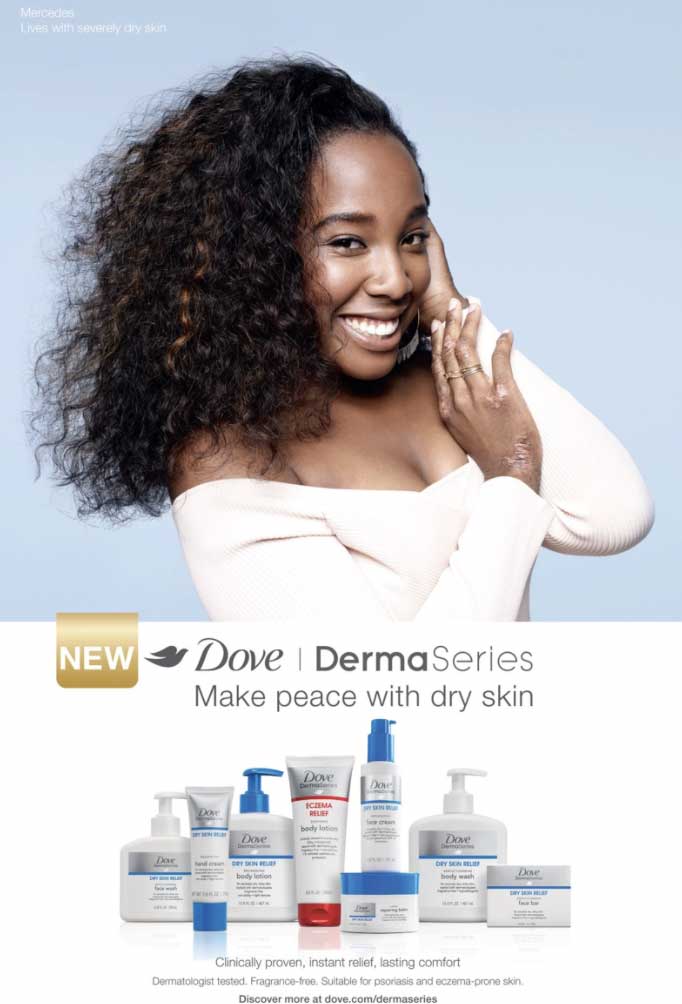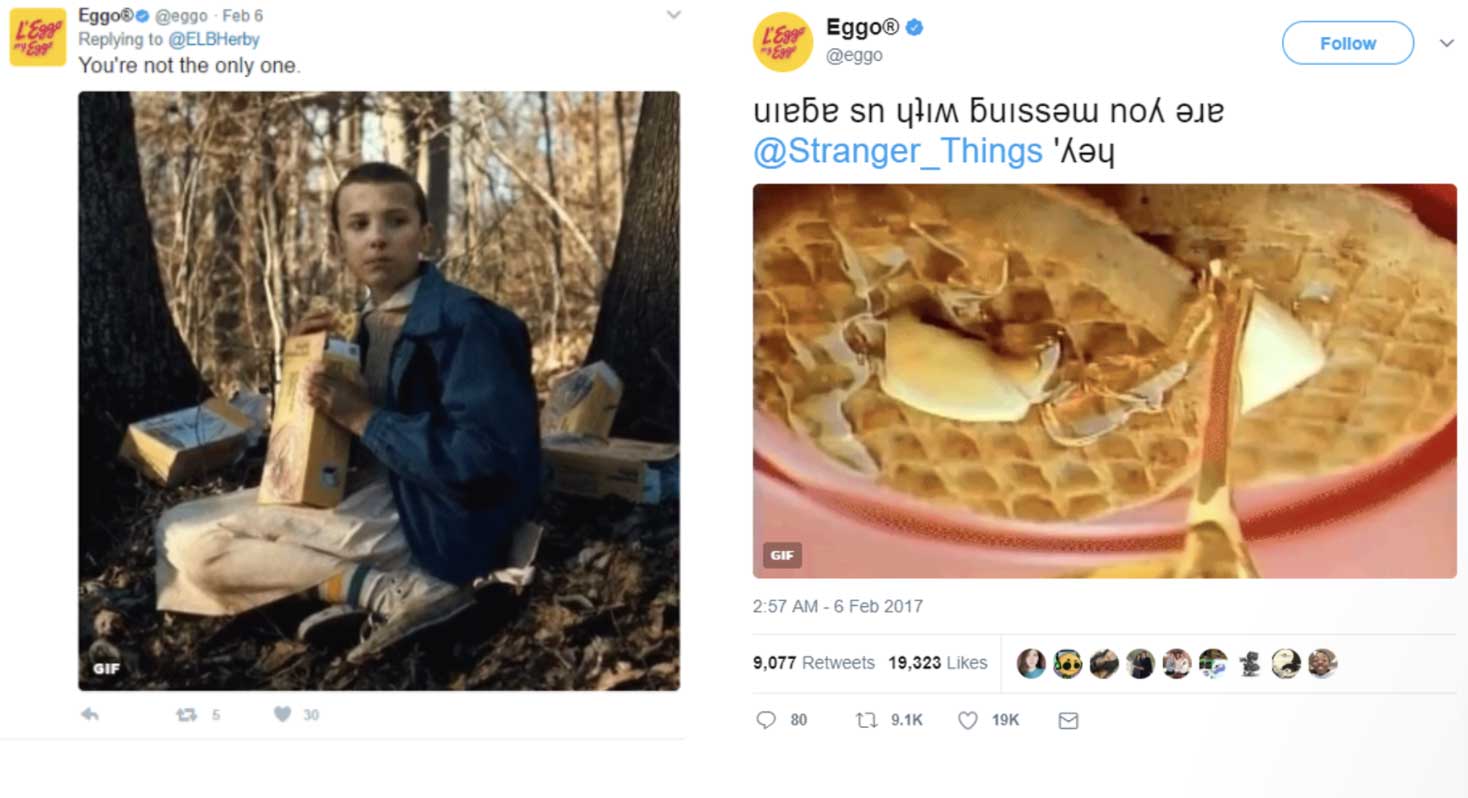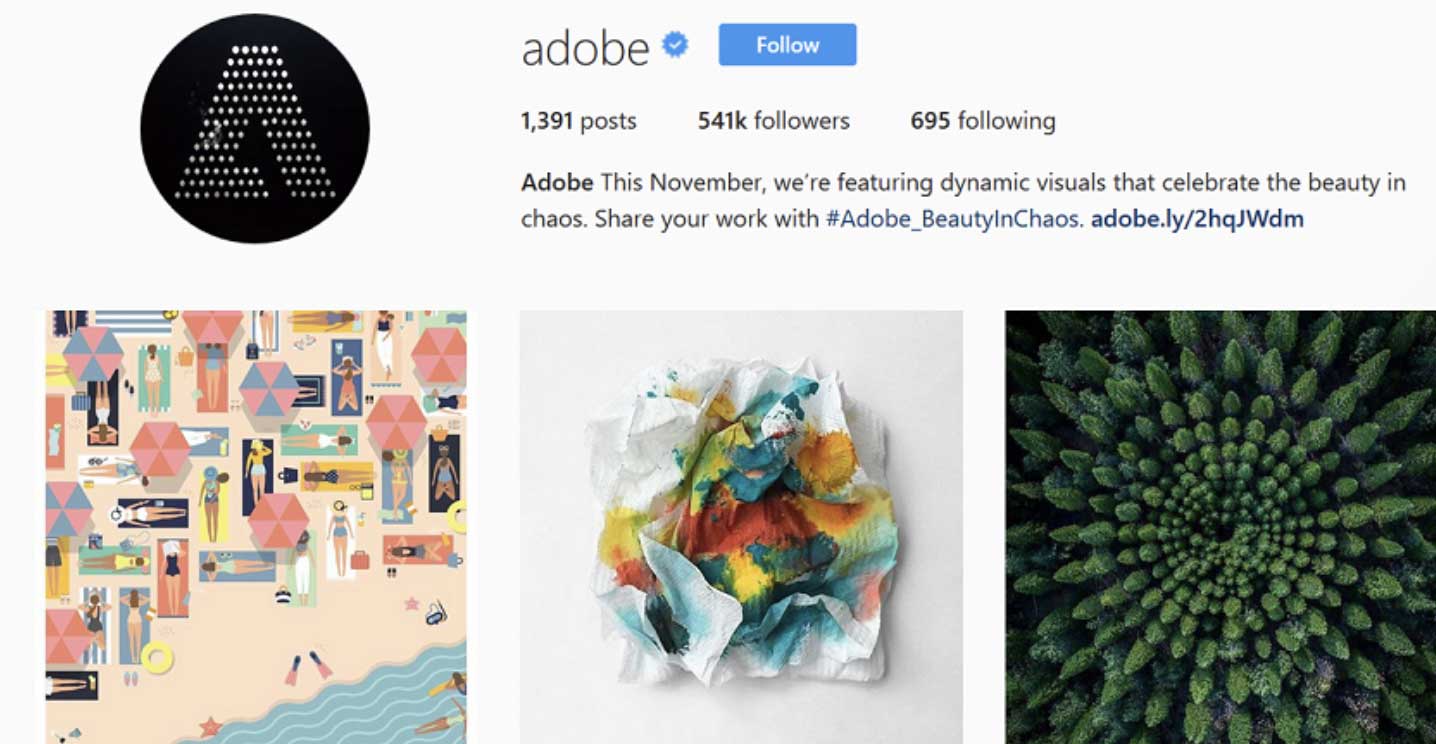When your customers do the marketing on your behalf, your brand can grow much more efficiently. By capitalizing on the good experience your current customers have had, you can grow your ROI, funnel word-of-mouth marketing, and fully take advantage of consumer-generated marketing.
Consumer-generated marketing is when your consumers publicly share the good news about your brand and entice others to buy or sign up with your company – like marketers who promote you for free. Therefore, they generate an entirely new stream of revenue.
For brands of all industries, this is a sweet spot for your marketing strategy as it increases profits, but doesn’t require hefty marketing budgets in order to do so.
What is consumer-generated marketing?
Consumer-generated marketing – AKA CGM – takes place when your consumers advertise on your behalf. It’s a form of content marketing, done for you via customer engagement.
No longer are the days where companies can win over consumers with just their own marketing. Yes, marketing campaigns can still be used and trusted. But for the most part, the stance of the consumer has shifted. Before blindly trusting what a corporation has to say, they want to hear from others. They trust their friends, of course. But they also want to read reviews and see what other happy shoppers have said about the brand. Or, learn if there’s anything to look out for.
Using this consumer-generated marketing establishes trust in a brand. It encourages others to shop with a company they are first hearing about. And it’s great for the company, as consumers are advertising for them.
Also known as user-generated content, CGM happens whenever consumers create social media posts and other online content featuring your brand. Public referrals and recommendations (like reviews, as well as referrals on social media) also fall into this category of a CGM campaign. All of it can be seen by the masses, and all of it encourages others to sign up with your company and to buy your company’s products.
CGM offers free word-of-mouth marketing. It’s like an ad campaign generated by your customers, and it is easily viewed by the public to increase brand awareness. Website reviews, social media posts, and more can all be seen by potential new customers.
Whether you’re working with a referral marketing program to generate social sharing, or customers are posting on their own for your business, these posts can benefit your brand on social media platforms. It’s a great addition to add consumer-generated media to your content campaign, and use it to supplement referral programs, no matter if you’re a small business or large corporation. After all, CGM posts are shared with many friends at once, vs. many referral programs’ tendency to share with a single friend at a time. CGM is also cost-effective, shows the customer experience, and can greatly advance your digital marketing through customer feedback.
And though you won’t have full control over this form of sharing, there are still many ways you can encourage it. Include a CTA or interact with customers online to get them to provide more feedback on social.
Benefits of consumer-generated marketing
There are many benefits to be found with consumer-generated marketing, such as reaching a wider, targeted audience. Know who you want to reach, and find them directly, by using consumer-generated marketing. It’s likely that consumers will share to their own friend base, meaning they will provide their review to other like-minded people, and those of the same demographic.
CGM also boosts your social media reach and engagement, and provides for effective lead generation and sales increases.
People are more likely to buy when a brand has been recommended by their peers – with today’s shopping trends, peer recommendations are far more trusted than ads.
CGM can also foster viral sharing. You never know when the post is going to come along and take the world by storm – bringing in even more business thanks to consumer content.
Types of consumer-generated marketing
Let’s take a look at the different types of consumer-generated marketing. Checking out examples of successful campaigns can also allow better insight at what works, and what consumers may not respond to. Check out these different types of consumer-generated marketing content and how to encourage them.
Social media posts
Social media posts can bring great momentum to your online marketing efforts. They are seen by the masses, in addition to your customers’ friends. If they include a branded hashtag or tag your company, you can easily find and share the post yourself.
Encourage these posts by telling consumers what to include and where to post. Your branded hashtag (a hashtag including your company’s name) links all of the posts to a single unifying factor. That means all someone has to do is click the hashtag and see many posts about your brand. The posts all work in your favor with this simple inclusion.
You can also encourage others to create their own content (user-generated content, or UGC) by featuring their posts on your own page. You’ll have to get their permission, of course. But this can motivate users to post more, and to create more creative content that has the potential to go viral. Something as simple as the option for a public share can do wonders for folks’ willingness to post about your brand.
Another way to promote UGC is to create a contest. Ask consumers to post about a specific topic, then choose a winner for the best post. This should ideally be something brand related, but could be something completely different. You can also choose a prize that’s specific to your brand, such as a product you sell. Whatever it is, it should be something that will motivate your customers to post. But at the end of the day, it’ll boost posts and give you plenty of content to choose from!
In any case, you should focus on posts that have the potential to go viral. Posts of your product being enjoyed, folks having fun with it, etc. These are the types of pictures and comments that will encourage others to buy. You can promote this by saying something like, “Show us your favorite way to use X” or “Tell us your favorite things about Y” and so on.
Positive online comments
There are a few ways you can encourage positive comments by your customer base. After all, what folks say online can be unpredictable. However, engaging with relevant online comments that you receive can encourage others to comment positively. Respond to comments and like them. You can’t directly ask for them to say nice things about your brand, but you can steer them in the right direction. Others will then catch on and follow suit.
Positive reviews
Positive reviews can be an incredible boost to your brand. They show instances of real customers having a good experience with your company. Incoming customers who may be on the fence will see these reviews, and become more apt to try your brand. They also hold more weight, coming from real customers (vs. an ad that was created by the brand and in the brand’s favor).
So, be sure to ask customers for reviews. Do this when they are at their happiest, such as when they’ve just completed a purchase or had a good experience with your customer service team.
You can also build and promote your presence on relevant review sites. Create a profile and encourage customers to review on these platforms as well. Be sure to respond to each review – on every platform. Doing so can seem small, but people are far more likely to leave a review if they know you are actually reading them.
Finally, you should highlight stellar reviews on social. This is great because it allows more folks to see the good review. It also encourages others to leave reviews, in the hopes that their own words will be shared online.
For more tips on promoting positive reviews, check out this comprehensive guide, as well as this how-to article.
Social media referrals
Social media referrals take place when customers use a referral program to share with many friends at once, on their favorite social platforms. This referral method is particularly effective as they are reaching a large audience – all full of people who know and trust their opinion. The referral has a better chance to stick, as it’s referred between friends and trusted sources. Having customers share to their own social channels can be huge for business growth and reaching new audience members.
Best consumer-generated marketing campaigns
Now it’s time to take a look at these successful campaigns that used consumer content in order to better promote their brand.
#ShareaCoke
When Coca-Cola came out with bottles featuring names, they created a great marketing campaign. First off, people would buy bottles with unique names on them, or with their friends’ names. And secondly, it allowed for customers to share images of their Coke bottles. Using the hashtag #ShareaCoke, consumers posted on social media with bottles brought to them by family members, or that they purchased for others. They could then share the soda, all while letting the world see their post.
This campaign is incredibly unique as it creates personalization for each user. It also creates an opportunity for sales when a customer might not have otherwise purchased a soda. The campaign keeps evolving, too; it’s been taken to billboards, new phrases and nicknames are added to bottles, and overall, more than half a million customer images have been shared online.
Sounds like success to us!
Doritos Super Bowl Ad Contest
For 10 years, Doritos held a competition allowing filmmakers to win cash prizes, and a dream job working in real Hollywood films. This brought in thousands of submissions – AKA thousands of UGC posts spread across the internet. From it, Doritos could pull their own ads to post online. That is, in addition to all of the hoopla about the competition itself.
This was a success because it allowed Doritos’ own consumers to make the types of ads that made the most sense to them. It also got huge publicity. And because the winner of the contest isn’t announced until it airs during the Super Bowl, it has people watching, waiting to see the big winner. In addition, the campaign drove web traffic, directing people to log on and vote for their favorite. In their first year after the contest, Doritos saw a 12% increase in sales, their ad agency won an award for the efforts, and more than a million hits came to their website in order to vote. Over 10 years, it accounted for more than 36,000 fan-made commercials at their disposal.
Apple’s #ShotoniPhone
Another challenge comes from Apple’s #shotoniphone launch. It was a release that encouraged people to create images from their iPhones, then share them online. A panel of judges then gathered to name 10 winners. Winners’ photos were then shared on public sources, like Apple Newsroom, Instagram, Apple.com, in Apple’s retail stores, and more, including billboards around the world.
This campaign was a great way to feature the evolving abilities of iPhone cameras. It also brought in thousands of images taken by consumers, all while the publicity from the contest itself was underway. Top-visited websites reshared the images, and the contest has since evolved to include different categories, such as movies and movies at night.
Starbucks’ Cup Design Contest
In 2014, Starbucks launched a competition of their own: the White Cup Contest. Taking note that customers regularly doodled on their cups, they decided to take it to the next level. Contestants would create a design and submit it up for vote. Then the winner earned a limited run of their design on Starbucks cups across the country.
Not only did it launch tons of UGC on social media, it sparked a huge wave of Etsy ideas and business trends. Etsy and other homemade-goods sites have entire sections where Starbucks cups are custom designed in any number of styles. It’s continued exposure in a creative way for customers and beyond.
Lay’s Do us a Flavor
In the 2010s, the Lay’s potato chip brand launched a contest wherein customers got in on the marketing themselves. By pitching flavor ideas, Lay’s got to test out new styles of chips, while also getting customers in on the fun. Millions of flavor submissions have been brought in over the years, which resulted in grand prize winners, and new flavors of chips. The bonus in sales came from limited time finalist flavors, and allowed customers to vote for themselves.
They added excitement in later renditions by asking the stories behind the flavor, and going live and interviewing contestants online. It’s a combo that led to promotion, sales, and plenty of customer input and content.
Freshly’s referral program
Freshly does a great job at encouraging social media sharing with their referral program. From a single box, users can share to five social platforms. This allows consumers to choose the platform that’s best for them, all with the click of a single button.
Their referral program includes a significant portion of social sharing, which increases visibility and growth, because posts are shared with many friends at once. Add in the branded hashtag, and the company gains visibility and the trust of new customers. This CGM is a free, word-of-mouth marketing element that’s generated by your own customers. Because it’s publicly visible, many users see each referral share on their feed, and are more likely to sign up thanks to a trusted referral.
Dove #InMyOwnSkin
Soap company Dove came up with their own marketing promotion to encourage UGC. Their hashtag #InMyOwnSkin asked users to post a picture of themselves and share something about how they have learned to be more comfortable as themselves. Thousands of posts were generated, talking about dry skin issues, rashes, and just loving one’s own body. Not only did it create a ton of content, it was a positive message, geared toward women who want to feel more comfortable as themselves.
Considering most people love posting a good selfie, this was gold for making online content!
Netflix show announcements
The streaming brand is known for its original series, but Netflix began marketing upcoming shows in a new way after seeing fans’ responses online. Hundreds and thousands of fans were creating their own posts in the style of their favorite show, then tagging Netflix. Cashing in on the UGC, Netflix began sharing their favorites in a countdown to upcoming shows. Sharing only amplified once Netflix began posting the same accounts.
Subscribers returned to the social accounts, more followers joined to see the fun, and of course, more hoopla was made about the show’s premiere. It’s an effort that’s an all-around win-win for the streaming brand.
Adobe Art Maker Series
In order to show more of what the brand can do, Adobe launched its Art Maker Series. It was a call for UCG, where artists shared what they made with Adobe software. They were then encouraged to share online. Adobe shared the posts themselves, showing the world what their products were capable of. Meanwhile, more and more users began creating content to share on behalf of Adobe, in the hopes that it, too, was shared by their big accounts.
With thousands of posts at their disposal, Adobe was able to grow their reach, all while showing off their products in the process.
In conclusion
User-generated content can be a great way to advance your business reach. By using your own customers, you can find a connection to an even wider audience base. Encourage others to share with these proven tips and you can greatly expand your business’ marketing efforts, and the trust of your new and existing customers alike.
Remember, reputation management software is key for tracking and utilizing consumer-generated marketing. Keep track of your own metrics with this smart program.
Referral software is vital for fostering and tracking social media referrals – never miss a lead again with this epic software.
 Bethaney Phillips is a freelance writer specializing in digital marketing content and military family lifestyle stories. She enjoys staying caffeinated and utilizing Amazon Prime.
Bethaney Phillips is a freelance writer specializing in digital marketing content and military family lifestyle stories. She enjoys staying caffeinated and utilizing Amazon Prime. 
